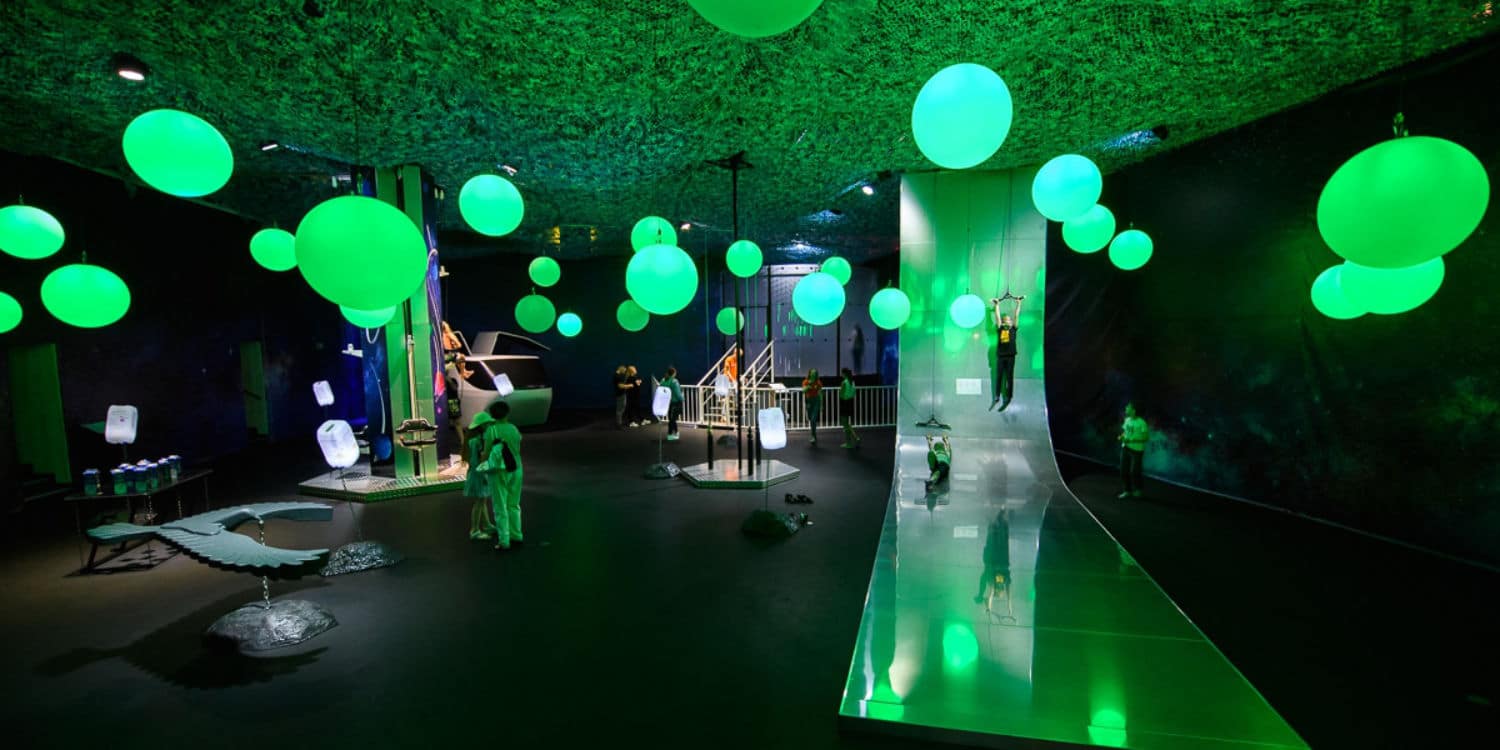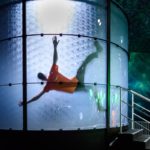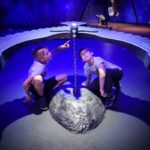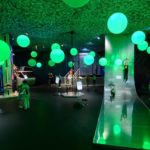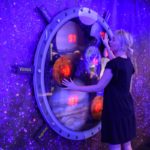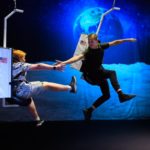How did the new Aha, gravity! exhibition come about?
The idea behind Science Centre AHHAA is to popularise and explain science to its visitors using hands-on exhibits. Although it has been over 10 years since it originally opened, AHHAA is among the most visited indoor tourist attractions in Estonia. One of the reasons for this is our engaging programme of major temporary exhibitions, which is a core focus of our strategy as an institution. Aha, gravity! is the latest production presented as part of that programme, which features in-house as well as hosted exhibits. This exhibition came together as a very powerful topic that we had not yet addressed in our temporary exhibits, and which was so inspiring that it became our latest home production designed to be presented at AHHAA before being proposed for international touring.
The anatomy of creating an exhibit
The process we follow when developing our exhibits is, in short, as follows: idea, sketch, prototype, improved sketch, final design. All these steps usually include approvals from various departments. The exhibitions team, which includes the centre’s director, has to approve an exhibition multiple times to ensure all its different nuances are properly considered. “As a physicist, Andres blocks anything that does not have a solid scientific footing and, as a specialist of young audiences, and as a father, ensures that even the smallest visitors can use the exhibits,” Pilvi Kolk says. “I make sure our exhibitions offer something unique for the international market and also cover important topics for the media.”
Designing exhibits is a creative process that, if standardised too much, would usually result in uniform failures. Some habits and best practice have emerged, for sure, but most of the time, different exhibits require very different approaches. In some cases, some of the earlier mentioned steps are skipped and the final design is produced straight from a preliminary sketch. In other cases, if the designer already has a very good idea of the final result, sketches might be skipped entirely, and construction can start immediately. Sometimes, modelling clay is used instead of sketches. Each exhibit comes together on its own unique path.
Designing exhibits is a creative process that, if standardised too much, would usually result in uniform failures.

Ideas are all around us; seeing exhibits in them is the hard part
Testing is an important part of the exhibit development process for us. And simple things work best. For example, hanging canisters filled with water were used when testing the new moonwalking exhibit. Tanel Linnas, the resident inventor at AHHAA, selected them as a safe option to test an interactive exhibit. “Filled water canisters weigh about the same as people do. Should they break, no significant damage would occur,” he says. “In the real exhibit, we will use an active motor to create the moonwalking experience.”
Another exhibit needed a seat for the user. To find a suitable seat, some long pipes, a bicycle and motorcycle saddle were tested. The last option worked best. For the real exhibit, a similar saddle was designed based on that experiment. For the freefall slide, a visit to a nearby skate park helped to determine the best possible tilt angle for the exhibit. It is important to consider lots of details, such as the ability of visitors of different heights and weights to use the exhibits. All in all, it requires a lot of work, tests and trials, and expert assessments.
Hands-on user experience is key
A very important design factor is to make as many exhibits as possible which can be used without supervision. This can be hard to achieve. Lots of exhibits already exist in various museums and science centres throughout the world and we could simply buy or hire them. But if they can only be used under supervision, they will not work well at AHHAA, since we need to be able to accommodate lots of visitors at once. Depending on the topic of the exhibition and on our capabilities and workload, many of our exhibits are usually made in-house and some others are bought from outside partners. The latter ones may be modified, but this can lead to additional maintenance challenges overall. AHHAA’s last exhibition, Aha, Phobia! was mostly built in-house, and designed to be a very reliable exhibit for us and for potential hosting partners.

Testing is an important part of the exhibit development process for us. And simple things work best.
Unique solutions for pulling the floor out from under your feet
AHHAA’s new exhibition features 13 engaging exhibits that were chosen from an initial pool of 55 ideas. Only the most educational, fun, and relevant ones were chosen in the end. “It took countless meetings to finalise the selection,” says Exhibitions Manager, Mihkel Sild. Some cool exhibits are ultimately under construction, the likes of which have not been seen in this part of the world before. As an example, the earlier-mentioned freefall slide has “resulted in plenty of screams and shouts during testing,” Sild continues, “but after the first try, most people want to go on the slide again immediately.”
The freefall slide, the moonwalking simulator, and a driving simulator for other planets are just some of the expected visitor magnets. One of the most challenging exhibits is an exhibit called the centrifuge. Due to its size and the number of important details involved in its design, it required great expertise to assemble. The moonwalking simulator also required custom software and a unique electromechanical system to work properly. Our team also worked extensively to ensure the safety of the exhibition without limiting the user experience.
The exhibition Aha, gravity! is now on at Science Centre AHHAA and can be visited until 31 January 2022. The exhibition will be available for international touring after its home presentation.
About the authors & contributors

Pilvi Kolk & Andres Juur
Pilvi Kolk and Andres Juur are members of the board of Science Centre AHHAA. Along with Exhibitions Manager Mihkel Sild, they have a combined 48 years of experience in the science centre industry. Together, they have contributed to over 130 science centre and museum exhibits in diverse institutions, building extensive expertise in exhibition making and visitor engagement.


